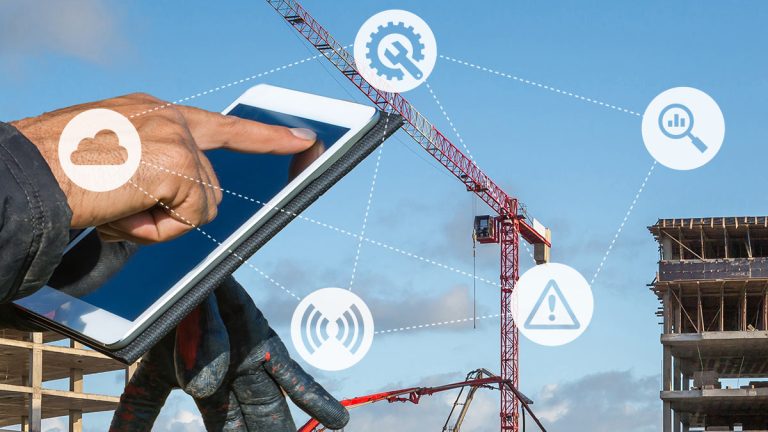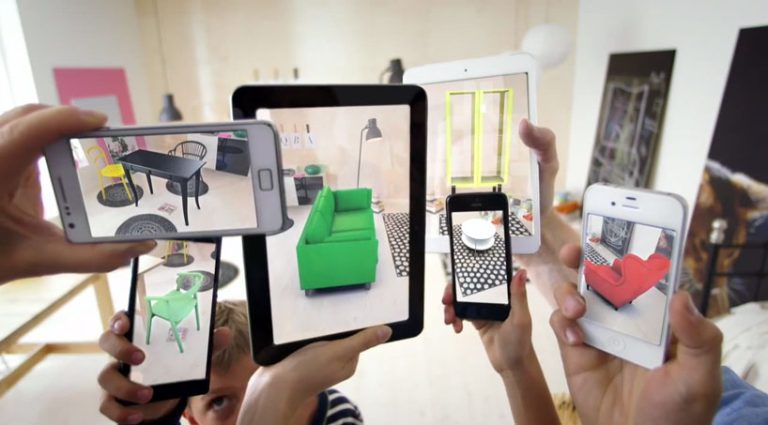The working office environment may well be transforming. The transition to remote and flexible working has been a gradual process for many over the years, with some business leaders not fully convinced of the productivity and performance levels achievable by employees working from home. Yet all that changed overnight as lockdown measures were enforced by the government to safeguard the population against Covid-19. Businesses were left with two choices – cease operations or support employees to get up and running from home where possible. But as lockdown measures are eased, what will the future working environment look like for office workers? A combination of remote and office-based working will likely be how we work, but what do business leaders need to consider in order to get employees working to their full potential within flexible office setups? Connectivity and collaboration hold the key. Smarter and more flexible working environments Research during the pandemic shows that more than 39% of adults in employment are now working from home compared to around 12% last year, and two-thirds (63%) of workers said they are open to working from home full time and never going back to the physical office permanently once ‘normality’ resumes. We’ve heard a lot about the ‘new normal’ in recent weeks and how many elements of daily life will be different. It’s safe to say that this will affect the working office environment too, with remote working becoming a permanent feature even once lockdown ends. Businesses are already thinking about how they can roll out a more flexible setup, considering new operational procedures around the management of desk space once some workers return to the office. The concept of ‘hot desking’ will definitely change, for example, as additional sanitisation will be required for the next user along with appropriate record keeping. The silver lining is that the additional cleaning may reduce and eradicate other bugs and viruses that circulate in office environments. For shared office space, the automation of shared touch points such as door handles, elevators and sanitary systems is a straightforward way to limit cross-contamination. Use of voice-activated system technology that we already use in our smart speakers at home will be a fundamental element of design to avoid touching common surfaces. Installing new materials for regular touchpoints with properties that interfere with virus reproduction, such as copper (which researchers say kills viruses such as MERS and H1N1 in minutes) could also become commonplace. Technology can also be used to monitor hand soap and sanitiser bottle fill levels, monitor and alarm the mandatory two-metre distance between people via infrared beams, and analyse movement around the office and density in recreational areas by thermal imaging camera systems. Using AI algorithms, the technology can alert when gatherings of too many people are occurring in one place, enabling measures to be taken earlier to restrict numbers and disperse groups. This can also extend to wearable devices that alert the user based on proximity to and time with other individuals. Specialist equipment is also being deployed to take temperature readings of employees and visitors to detect high temperatures, which is a key sign of being positive for Covid-19. Room sensors could be deployed in offices to measure humidity and temperature levels and send alerts when best conditions for virus multiplication are being reached, so that evasive steps can be taken. As government app-based ‘track and trace’ initiatives start to roll out, initiatives such as these will start to become part of the day to day routine for the entire population. Contact tracing applications that inform us and others about potential exposure to infected persons and monitor how long people are together will be vital to protecting people’s health and wellbeing. Particularly so as lockdown measures ease and everyone starts mixing and interacting with other people outside of their usual ‘bubbles’. Remote productivity As the home becomes an extension to the office, there must be separate infrastructure, connectivity and optimisation of the living space for health, for productivity and for professionalism. Those working in bedrooms or on dining tables will be able to do so temporarily, but it’s not feasible for the long term. Some employees will be used to working from home and others won’t. Especially with the orchestration of video conferencing and having to learn how to behave on camera, some prefer the culture and interaction that only a live office setting can provide. One of the primary goals for every business is to achieve optimum productivity levels, so with a distributed workforce, business leaders want to be sure that productivity, performance and outputs won’t take a hit. Technology can be deployed to review productivity levels. For example, many call centres already have monitoring technology which reviews how quickly they can pick up and resolve a call, as well as the actions taken during the conversation. Similar technology could be applied across other performance metrics, including measuring the quality and reliability of internet connectivity, which affects our use of cloud applications and collaboration. Unified communication and collaboration (UC&C) tools have also become an essential asset for workers to maintain productivity during the crisis and will continue to be an integral component of the new business environment. Employees need streamlined communication and collaboration systems to perform their roles to an optimum level. A shared digital collaborative space where users can assign tasks, participate in discussions and provide updates is the catalyst for productivity, especially in the absence of a shared office environment. Connectivity supports business continuity This recent huge spike in remote collaboration technology usage by a legion of remote workers has proven to stress broadband networks and impact application performance. These networks at home and in branches will need to be strengthened by additional connectivity/resilience options to ensure optimised user experience, business continuity and to underpin productivity. With excess pressure placed on home broadband networks due to the increased volume of home working, reliable access to corporate networks and cloud applications has been challenging for many. From WiFi extenders to hardware and







